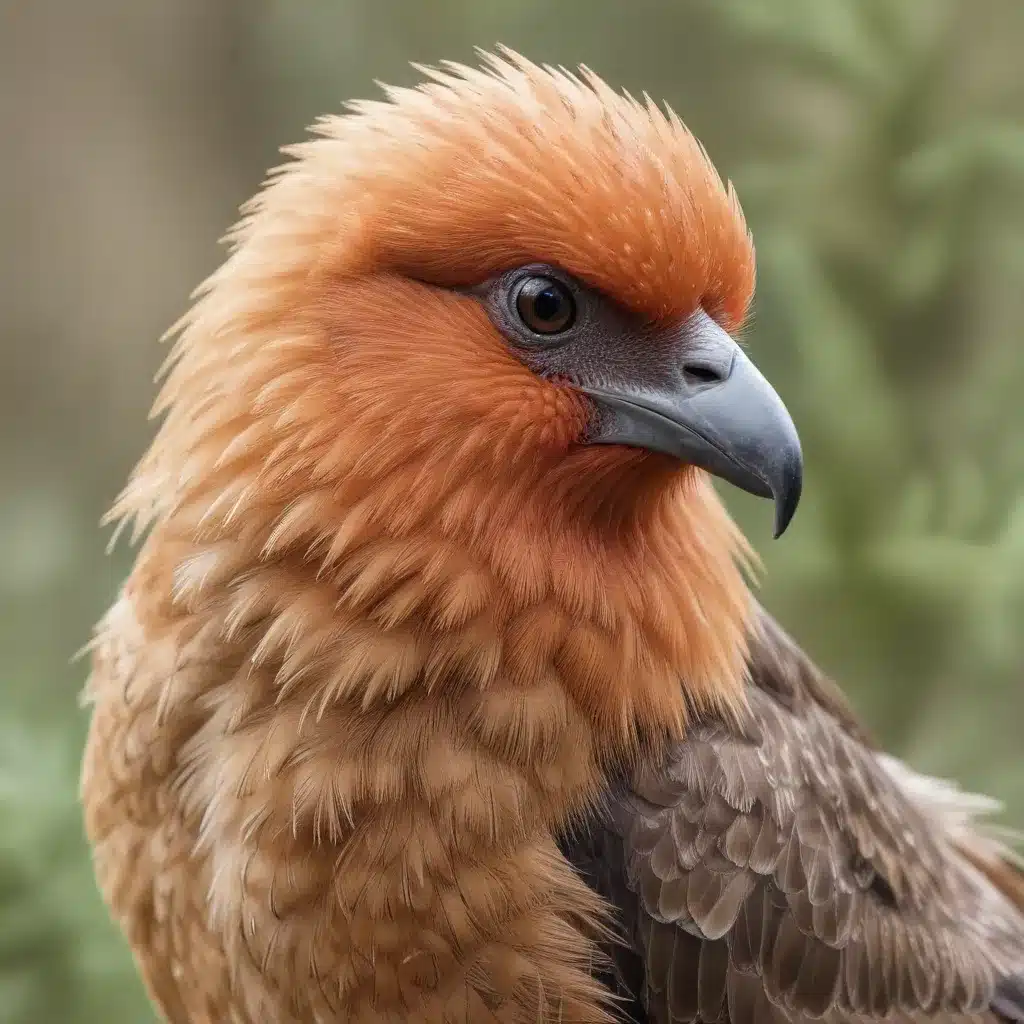
Avian Emergency Preparedness
As an experienced avian caretaker, I’ve seen firsthand how quickly a seemingly routine situation can escalate into a full-blown crisis for our feathered friends. That’s why being prepared for avian emergencies is of the utmost importance. Whether you’re caring for a flock of backyard chickens or rehabilitating an injured wild bird, understanding the common health concerns, essential first aid skills, and proper response protocols can make all the difference in safeguarding an animal’s well-being.
Identification of Avian Species
The first step in any avian emergency is to accurately identify the species involved. This information will guide your assessment of the situation and inform the appropriate course of action. While some birds may be familiar, exotic species or those in distress can present unique challenges. Refer to field guides, online resources, or consult with local wildlife experts to ensure you’re dealing with the right bird.
Common Avian Health Concerns
Avian species are susceptible to a range of health issues, from respiratory infections and parasitic infestations to traumatic injuries and toxin exposures. Recognizing the warning signs, such as labored breathing, lethargy, or unusual plumage, can help you quickly intervene. Additionally, being aware of seasonal risks, like heat exhaustion in the summer or hypothermia in the winter, will allow you to proactively address potential problems.
Avian First Aid Essentials
In the event of an emergency, having the right equipment and knowledge on hand can make all the difference. Start by assembling a well-stocked avian first aid kit, including items like sterile bandages, antiseptic wipes, and emergency heating pads. Familiarize yourself with basic avian first aid techniques, such as safely restraining the bird, administering fluids, and providing temporary stabilization for injuries. Regularly refreshing your skills through workshops or online training can ensure you’re prepared to act quickly and effectively.
Avian Crisis Response
When an avian emergency arises, a calm and coordinated response is crucial. By following a systematic approach, you can maximize the chances of a positive outcome for the bird in need.
Assessing the Situation
The first step in any crisis response is to assess the situation thoroughly. Gather as much information as possible about the bird’s condition, the surrounding environment, and any potential contributing factors. This may involve observing the bird’s behavior, examining for signs of injury or illness, and considering potential hazards or threats in the immediate area.
Securing the Bird’s Safety
Once you’ve evaluated the situation, your primary goal should be to secure the bird’s safety. This may involve carefully capturing the animal, providing immediate first aid, and transferring it to a secure, temperature-controlled container for transport. Avoid unnecessary handling, as this can further stress the bird and potentially worsen its condition.
Coordinating with Experts
Avian emergencies often require specialized expertise, so don’t hesitate to reach out to local wildlife rehabilitators, veterinarians, or other relevant authorities. They can provide invaluable guidance on the appropriate next steps, whether that’s coordinating a transfer to a rehabilitation facility, administering specific treatments, or navigating any legal or regulatory requirements.
Avian Rehabilitation Considerations
If the bird requires ongoing care, the rehabilitation process can be a delicate and multifaceted endeavor. Proper housing, nutrition, and medical attention are essential for facilitating a successful recovery.
Providing Appropriate Care
When caring for an injured or ill bird, it’s crucial to recreate an environment that mimics its natural habitat as closely as possible. This may involve setting up a specialized enclosure, providing the correct dietary requirements, and administering any necessary medications or treatments under the guidance of a veterinarian.
Monitoring Recovery Progress
Closely monitoring the bird’s progress during rehabilitation is key to ensuring a positive outcome. Regularly assess the animal’s physical condition, behavior, and overall well-being, and be prepared to adjust the care plan as needed. Maintain detailed records to track the bird’s journey and share updates with any involved experts.
Releasing the Bird Safely
The ultimate goal of avian rehabilitation is to return the bird to its natural habitat in the best possible condition. When the time comes for release, carefully evaluate the animal’s readiness, choose an appropriate release site, and ensure a smooth transition back to the wild. This final step requires just as much care and consideration as the initial rescue.
Preventive Measures for Avian Welfare
While responding to emergencies is crucial, proactive steps to safeguard avian well-being can go a long way in minimizing the need for crisis intervention. By focusing on habitat conservation, reducing human-bird conflicts, and promoting public awareness, we can create a more supportive environment for our feathered friends.
Habitat Conservation Efforts
Many avian species rely on specific natural habitats for their survival. Supporting conservation initiatives, volunteering with local wildlife organizations, and advocating for the protection of these environments can help ensure birds have access to the resources they need to thrive.
Reducing Human-Bird Conflicts
As human populations continue to expand, the potential for conflicts between people and birds increases. Implementing strategies to mitigate these issues, such as proper waste management, securing outdoor food sources, and utilizing bird-friendly landscaping, can help minimize harm and create more harmonious coexistence.
Promoting Public Awareness
Educating the broader community about the importance of avian welfare and the challenges faced by birds can inspire greater stewardship and support. By sharing information through workshops, social media, or partnerships with organizations like Mika Birds Farm, you can empower others to become active participants in safeguarding our avian companions.
In the ever-evolving world of avian care, staying informed, prepared, and proactive is the key to navigating emergencies and ensuring the long-term well-being of our feathered friends. By embracing this holistic approach, we can build a future where avian crises are rare and the resilience of these remarkable creatures is celebrated.


